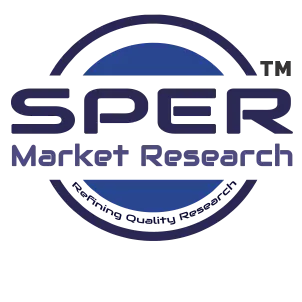
Airflow and Zone Controls Equipment Market Size, Share and Outlook 2034
Airflow and Zone Controls Equipment Market Growth, Size, Trends Analysis - By Product, By Operation, By Application, By Deployment, By Distribution Channel - Regional Outlook, Competitive Strategies and Segment Forecast to 2034
| Published: Sep-2025 | Report ID: SEMI2584 | Pages: 1 - 230 | Formats*: |
| Category : Semiconductor and Electronics | |||
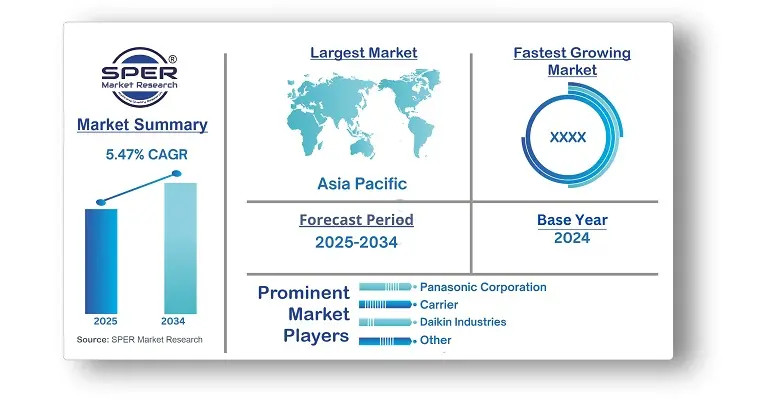
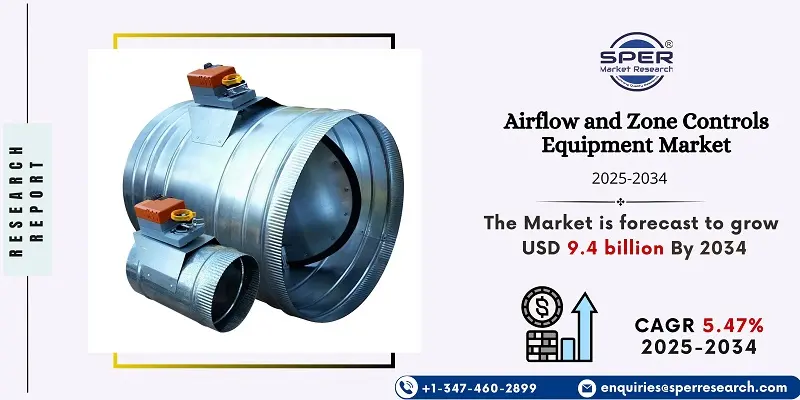
- In December 2024, Honeywell's Phoenix Controls introduced the Critical Spaces Control Platform, aimed at improving safety and operational productivity in vital settings. This cutting-edge platform leverages automation to regulate airflow via a specialized venturi valve, guaranteeing ideal ventilation in environments like hospitals, laboratories, cleanrooms, and research facilities, where accurate environmental regulation is crucial.
- In December 2024, Honeywell announced its strategic partnership with Bombardier, a leading manufacturer in aviation and business jets, to supply advanced technology for current and upcoming Bombardier aircraft in the areas of avionics, propulsion, and satellite communications technologies.
| Report Metric | Details |
| Market size available for years | 2021-2034 |
| Base year considered | 2024 |
| Forecast period | 2025-2034 |
| Segments covered | By Product, By Operation, By Application, By Deployment, By Distribution Channel |
| Regions covered | North America, Latin America, Asia-Pacific, Europe, and Middle East & Africa |
| Companies Covered | Panasonic Corporation, Carrier, Broan-NuTone, LLC, Zehnder America, Daikin Industries, Ltd, Greenheck Fan Corporation, Ruskin, Aldes Group (American Aldes Ventilation Corporation), Trane Technologies, RenewAire. |
- Global Airflow and Zone Controls Equipment Market Size (FY’2021-FY’2034)
- Overview of Global Airflow and Zone Controls Equipment Market
- Segmentation of Global Airflow and Zone Controls Equipment Market By Product (Dampers, VAV, Airflow Regulators, Zoning Panels, Others)
- Segmentation of Global Airflow and Zone Controls Equipment Market By Operation (Manual, Automatic)
- Segmentation of Global Airflow and Zone Controls Equipment Market By Application (Commercial, Residential, Industrial)
- Segmentation of Global Airflow and Zone Controls Equipment Market By Deployment (New Installation, Replacement)
- Segmentation of Global Airflow and Zone Controls Equipment Market By Distribution Channel (Online, Retail Stores, Wholesale Stores, Others)
- Statistical Snap of Global Airflow and Zone Controls Equipment Market
- Expansion Analysis of Global Airflow and Zone Controls Equipment Market
- Problems and Obstacles in Global Airflow and Zone Controls Equipment Market
- Competitive Landscape in the Global Airflow and Zone Controls Equipment Market
- Details on Current Investment in Global Airflow and Zone Controls Equipment Market
- Competitive Analysis of Global Airflow and Zone Controls Equipment Market
- Prominent Players in the Global Airflow and Zone Controls Equipment Market
- SWOT Analysis of Global Airflow and Zone Controls Equipment Market
- Global Airflow and Zone Controls Equipment Market Future Outlook and Projections (FY’2025-FY’2034)
- Recommendations from Analyst
- 1.1. Scope of the report
- 1.2. Market segment analysis
- 2.1. Research data source
- 2.1.1. Secondary Data
- 2.1.2. Primary Data
- 2.1.3. SPERs internal database
- 2.1.4. Premium insight from KOLs
- 2.2. Market size estimation
- 2.2.1. Top-down and Bottom-up approach
- 2.3. Data triangulation
- 4.1. Driver, Restraint, Opportunity and Challenges analysis
- 4.1.1. Drivers
- 4.1.2. Restraints
- 4.1.3. Opportunities
- 4.1.4. Challenges
- 5.1. SWOT Analysis
- 5.1.1. Strengths
- 5.1.2. Weaknesses
- 5.1.3. Opportunities
- 5.1.4. Threats
- 5.2. PESTEL Analysis
- 5.2.1. Political Landscape
- 5.2.2. Economic Landscape
- 5.2.3. Social Landscape
- 5.2.4. Technological Landscape
- 5.2.5. Environmental Landscape
- 5.2.6. Legal Landscape
- 5.3. PORTERs Five Forces
- 5.3.1. Bargaining power of suppliers
- 5.3.2. Bargaining power of buyers
- 5.3.3. Threat of Substitute
- 5.3.4. Threat of new entrant
- 5.3.5. Competitive rivalry
- 5.4. Heat Map Analysis
- 6.1. Global Airflow and Zone Controls Equipment Market Manufacturing Base Distribution, Sales Area, Product Type
- 6.2. Mergers & Acquisitions, Partnerships, Product Launch, and Collaboration in Global Airflow and Zone Controls Equipment Market
- 7.1. Dampers
- 7.2. VAV (Variable Air Volume)
- 7.3. Airflow Regulators
- 7.4. Zoning Panels
- 7.5. Others
- 8.1. Manual
- 8.2. Automatic
- 9.1. Commercial
- 9.2. Residential
- 9.3. Industrial
- 10.1. New Installation
- 10.2. Replacement
- 11.1. Online
- 11.2. Retail Stores
- 11.3. Wholesale Stores
- 11.4. Others
- 12.1. Global Airflow and Zone Controls Equipment Market Size and Market Share
- 13.1. Asia-Pacific
- 13.1.1. Australia
- 13.1.2. China
- 13.1.3. India
- 13.1.4. Japan
- 13.1.5. South Korea
- 13.1.6. Rest of Asia-Pacific
- 13.2. Europe
- 13.2.1. France
- 13.2.2. Germany
- 13.2.3. Italy
- 13.2.4. Spain
- 13.2.5. United Kingdom
- 13.2.6. Rest of Europe
- 13.3. Middle East and Africa
- 13.3.1. Kingdom of Saudi Arabia
- 13.3.2. United Arab Emirates
- 13.3.3. Qatar
- 13.3.4. South Africa
- 13.3.5. Egypt
- 13.3.6. Morocco
- 13.3.7. Nigeria
- 13.3.8. Rest of Middle-East and Africa
- 13.4. North America
- 13.4.1. Canada
- 13.4.2. Mexico
- 13.4.3. United States
- 13.5. Latin America
- 13.5.1. Argentina
- 13.5.2. Brazil
- 13.5.3. Rest of Latin America
- 14.1. Panasonic Corporation
- 14.1.1. Company details
- 14.1.2. Financial outlook
- 14.1.3. Product summary
- 14.1.4. Recent developments
- 14.2. Carrier
- 14.2.1. Company details
- 14.2.2. Financial outlook
- 14.2.3. Product summary
- 14.2.4. Recent developments
- 14.3. Broan-NuTone, LLC
- 14.3.1. Company details
- 14.3.2. Financial outlook
- 14.3.3. Product summary
- 14.3.4. Recent developments
- 14.4. Zehnder America
- 14.4.1. Company details
- 14.4.2. Financial outlook
- 14.4.3. Product summary
- 14.4.4. Recent developments
- 14.5. Daikin Industries, Ltd
- 14.5.1. Company details
- 14.5.2. Financial outlook
- 14.5.3. Product summary
- 14.5.4. Recent developments
- 14.6. Greenheck Fan Corporation
- 14.6.1. Company details
- 14.6.2. Financial outlook
- 14.6.3. Product summary
- 14.6.4. Recent developments
- 14.7. Ruskin
- 14.7.1. Company details
- 14.7.2. Financial outlook
- 14.7.3. Product summary
- 14.7.4. Recent developments
- 14.8. Aldes Group (American Aldes Ventilation Corporation)
- 14.8.1. Company details
- 14.8.2. Financial outlook
- 14.8.3. Product summary
- 14.8.4. Recent developments
- 14.9. Trane Technologies
- 14.9.1. Company details
- 14.9.2. Financial outlook
- 14.9.3. Product summary
- 14.9.4. Recent developments
- 14.10. RenewAire
- 14.10.1. Company details
- 14.10.2. Financial outlook
- 14.10.3. Product summary
- 14.10.4. Recent developments
- 14.11. Others
SPER Market Research’s methodology uses great emphasis on primary research to ensure that the market intelligence insights are up to date, reliable and accurate. Primary interviews are done with players involved in each phase of a supply chain to analyze the market forecasting. The secondary research method is used to help you fully understand how the future markets and the spending patterns look likes.
The report is based on in-depth qualitative and quantitative analysis of the Product Market. The quantitative analysis involves the application of various projection and sampling techniques. The qualitative analysis involves primary interviews, surveys, and vendor briefings. The data gathered as a result of these processes are validated through experts opinion. Our research methodology entails an ideal mixture of primary and secondary initiatives.

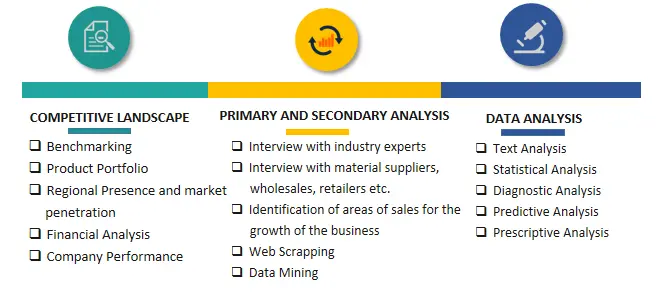

Frequently Asked Questions About This Report
PLACE AN ORDER
Year End Discount
Sample Report
Pre-Purchase Inquiry
NEED CUSTOMIZATION?
Request CustomizationCALL OR EMAIL US
100% Secure Payment
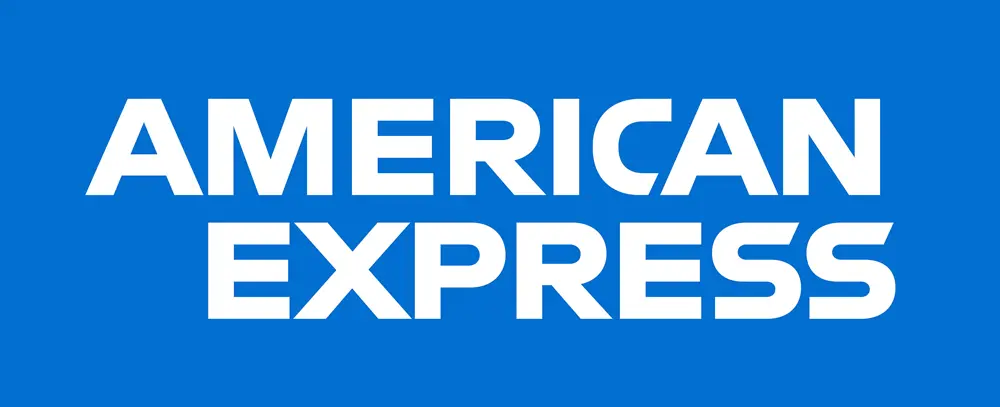
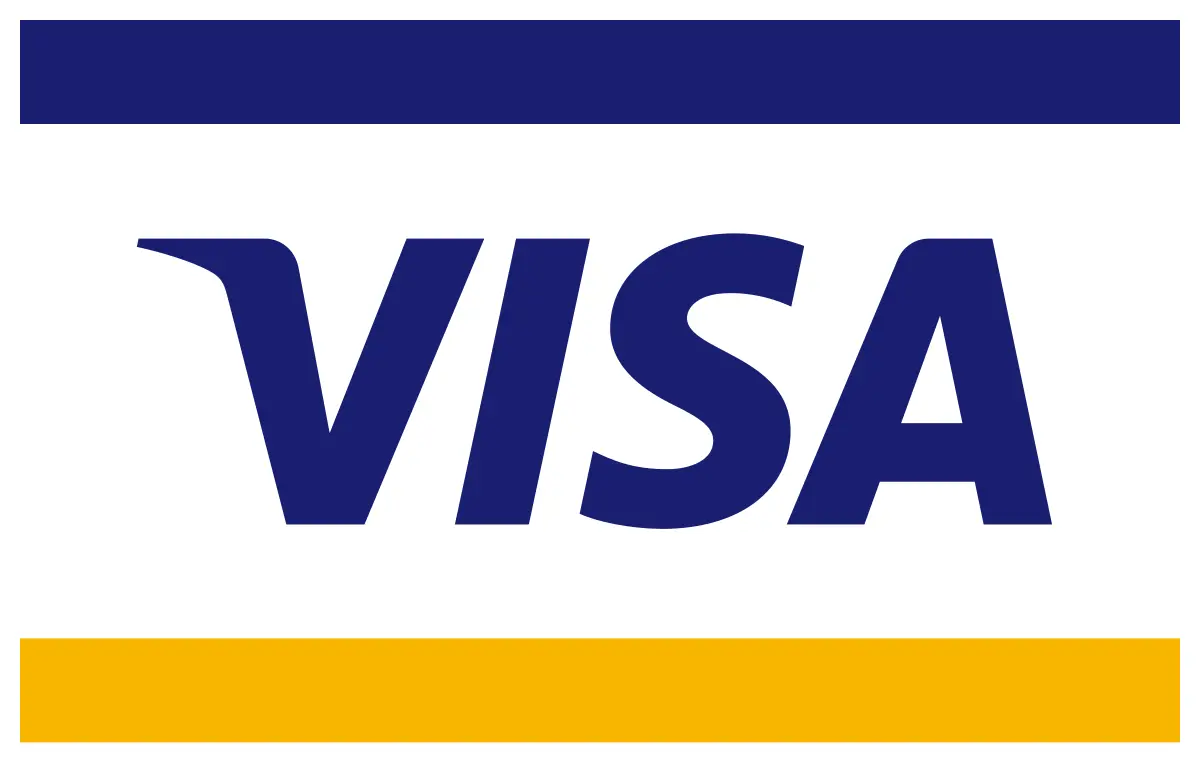

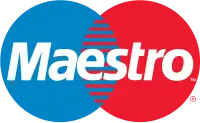


Related Reports
Our Global Clients
Our data-driven insights have influenced the strategy of 200+ reputed companies across the globe.

